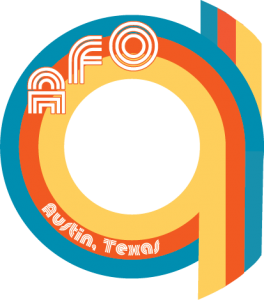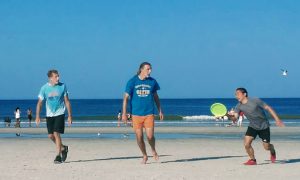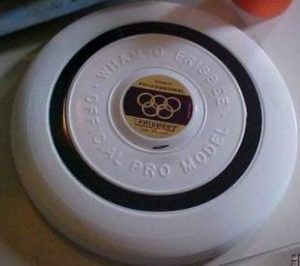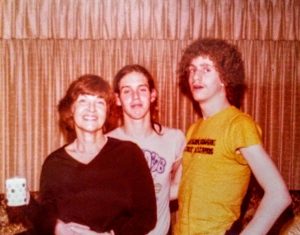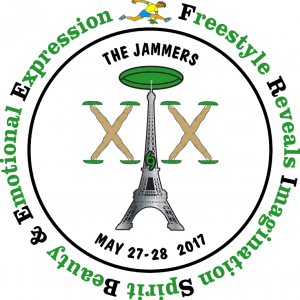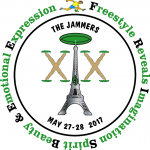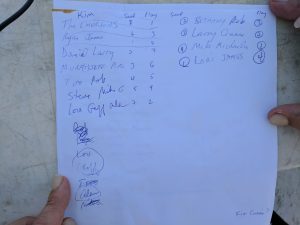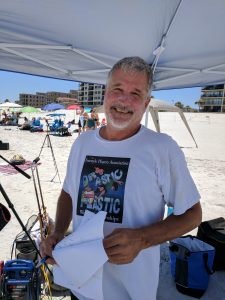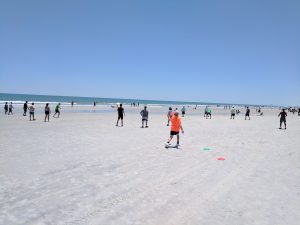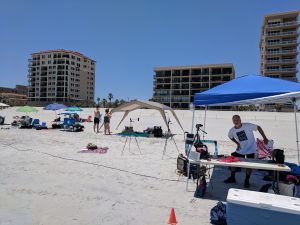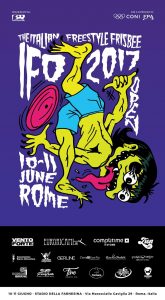 Thanks to Chris Belaj, the Italian Open will be live streamed. The Freestyle Frisbee community thanks you! The Italian Open will take place in Rome, Italy on June 10-11. Andrea Rimatori and Serge Marconi are the Tournament Directors. Andrea was gracious enough to share more details about the event.
Thanks to Chris Belaj, the Italian Open will be live streamed. The Freestyle Frisbee community thanks you! The Italian Open will take place in Rome, Italy on June 10-11. Andrea Rimatori and Serge Marconi are the Tournament Directors. Andrea was gracious enough to share more details about the event.
Jake: Rome has huge jam scene but is generally not known for holding competitions. What inspired you to hold this event?
Andrea: For more than 20 years Rome has had a large scene of jammers growing up at the beach, and in the public parks all around the center. They have never participated in major tournaments in the past and they didn’t love to travel for frisbee reunions! 10 years ago, me, Serge and few new jammers started to practice frisbee both at the beach and in a gym with the idea of bringing Rome to the greatness it deserves.
For 10 years we have tried to relaunch Rome as a city with the largest number of players in Italy. We are almost 30 members of the FPR (Frisbee Power Rome Association).
This rebirth was initially passed on through the beaches and gyms of Rome where we tried to promote frisbee with local events and small shows just to give visibility.
In 2014, with the event EFO 2014, the FPR association gained much wider recognition. All the foreign players (almost 60) who came to Rome for the occasion enjoyed a super weekend. This has improved the image of the FPR in the eyes of all European and non-European jammers. We received so much positive feedback that it has inspired us to keep working. We created a documentary on EFO 2014 that was aired on a national satellite TV for the whole year of 2015!!!!
We thought that throwing the Italian Open is yet another opportunity to keep the momentum and to bring Rome to the greatness it deserves.
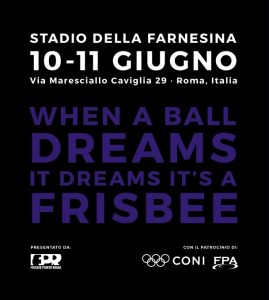 Jake: What is the venue for your event?
Jake: What is the venue for your event?
Andrea: We get from the international sport federation, CONI, one of the most beautiful private Stadium: Farnesina Stadium! It is located in the area where the most important sports clubs in Rome are located and where the major national and international tournaments are held – like tennis, soccer, swimming, and athletics.
Jake: What event format, judging system, and divisions do you plan to use?
Andrea: Judging Format will be traditional, because we never had a chance to create a new method of judgement.
Jake: How many players do you expect? Are there any top teams we should be watching out for?
Andrea: Almost 50 competitors from all over Europe! We already have a list of teams, both for open pairs and for co-op that are very competitive. Based on the list, I could guess at the possible finalists but as you know in freestyle Frisbee anything can happen.
Some of the pairs teams: Tom Leitner and Freddy Finner! Marco Prati (Cega) will play with Piccio Antonio Cusma. This team is actually the european champion! Clay with Andrea Dini ,Alessandro Damiano (old school player from Rome) with Dario Giusti, Andrea rimatori and Fabio Nizzo…….
CoOp: Cega, Andrea Dini, and Clay; Andrea rimatori, Fabio Nizzo, and Tom Leitner. We are very fired up after our routine won at Jam Britannia.
Mixed: Andrea Rimatori and Ilka Simon, Freddy Finner and Fabiana Ciciriello, Biko and Marzia (a couple from Rome), Edo Favorini and Giulia Aretano (new jammer from Rome) and …….. a team we’ve missed from the field and carpet for a long time ago ….. Fabio Sanna and Eleonora Imazio !
Jake: Anything you’d like to add?
Andrea: The Roman crew is working hard to make the weekend of 10-11 June indelible and unforgettable for players and for the present audience.
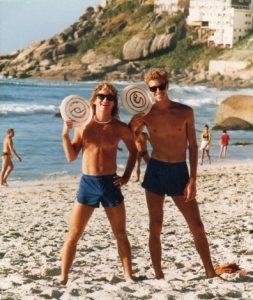 Deaton Mitchell returns to tell more about his relationship with Jim Schmal and Pat Carrasco.
Deaton Mitchell returns to tell more about his relationship with Jim Schmal and Pat Carrasco.


